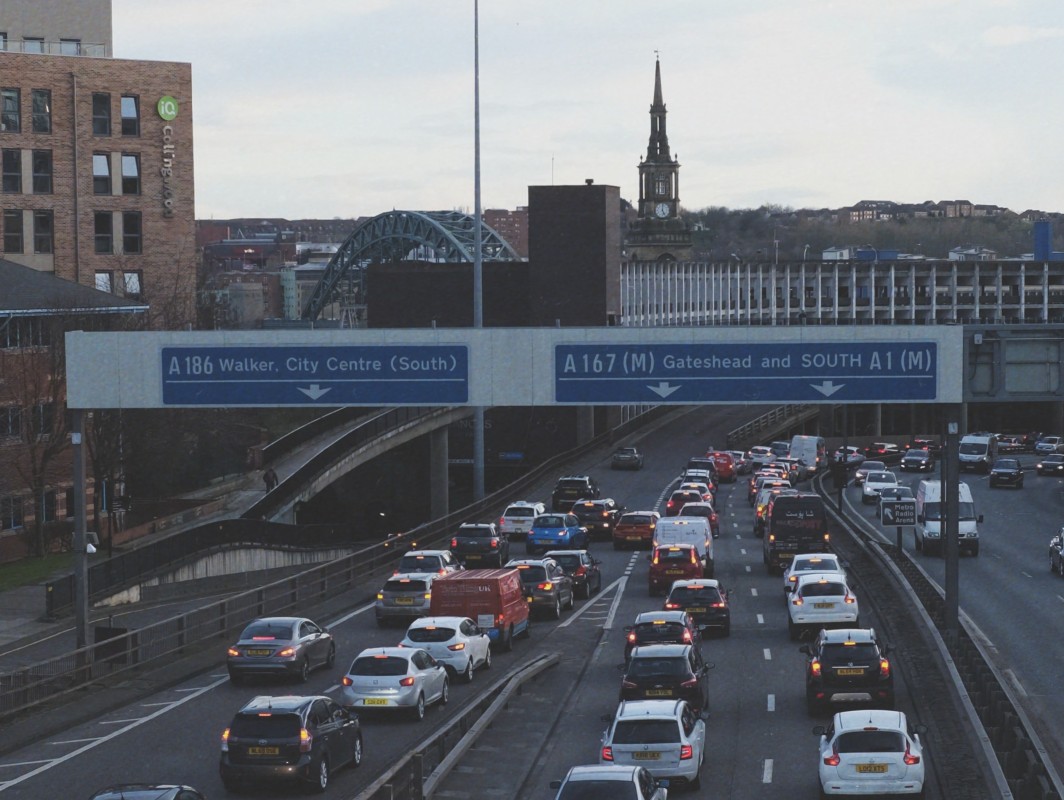How to report staff mileage under SECR
How should you treat the emissions generated by employee travel, for SECR and other purposes? Here’s what you need to know.What counts as business travel under SECR?
Staff mileage counts. If you the business has asked an employee to drive somewhere for work purposes, then the emissions generated by that journey belong to your business and should be included in your SECR calculations. A good rule for categorising journeys as “for work purposes” or not is to ask whether they are claiming back the cost of fuel from the business. If so, it’s a work trip, whether they’re speaking at a conference, travelling as a sales rep or making a one-off trip to the cash & carry. It doesn’t matter who owns the vehicle. The employee might be driving their own car, a hire car or a company car/van, but this isn’t relevant to the question of who takes ownership of the emissions. What matters is the purpose of the journey: was it for work or not? Commutes don’t count. If your members of staff are commuting to work by car and paying for their own petrol, you don’t have to report on the emissions arising from their commutes under SECR.How to calculate emissions from staff mileage
You may be recording staff travel data in terms of mileage, fuel purchased, or a mix of the two. Whichever it is, you will need to calculate the associated emissions and express them in terms of carbon dioxide equivalent (CO2e) for your SECR reporting. The Department for Business, Energy and Industrial Strategy (BEIS) publishes spreadsheets giving the values for converting activity data into emissions. These conversion factor spreadsheets are updated every year to reflect the latest data. Having data about actual fuel consumption, e.g. litres of petrol used, will make your emissions calculations slightly more accurate. Use the Fuels tab on the latest conversion factor spreadsheet for this.| Example: An employee submits a claim for 50 litres of petrol he purchased for work travel as a sales rep. The conversion factor spreadsheet tells you that consuming one litre of 100% mineral petrol means emitting 2.33969 kg of CO2e. So the emissions associated with the travel being claimed for would be: 50 x 2.33969 kg CO2e = 116.9845 kg CO2e (or 0.1169845 tonnes CO2e). |
What about public transport and flights?
Unless your business actually operates the mode of transport used, you do not need to include the emissions from employee train, bus or plane travel in your SECR reporting. Even if the journey is made for work purposes and the business is refunding them their travel costs, you can ignore it for the purposes of SECR. (The same goes for taxis, coaches and basically any form of transport where the employee isn’t driving.) However, if your company operates its own private jets or fleet aircraft you definitely have to report on the emissions when an employee flies using them. The same goes if you operate any trains, ships or coaches.Going beyond the minimum
We have explained that not all transport activity relating to your business has to be reported under SECR. It is useful to know that emissions from employee commutes and business flights can be left out of your calculations. But does this give a true picture of your company’s transport emissions? If there is a company-wide plan to reduce the climate impact of the business, it is important to have a clear idea of what emissions are being generated because of activity linked to your business. This means that it may be well worth gathering this data, even if you don’t report on it. Check out our Scope 3 FAQs and also our article on how reporting your third-party emissions could have unexpected business benefits.
If the content of this or any of our articles has interested you, please get in touch for a no-obligation chat with our industry-leading experts at Sustainable Energy First.













